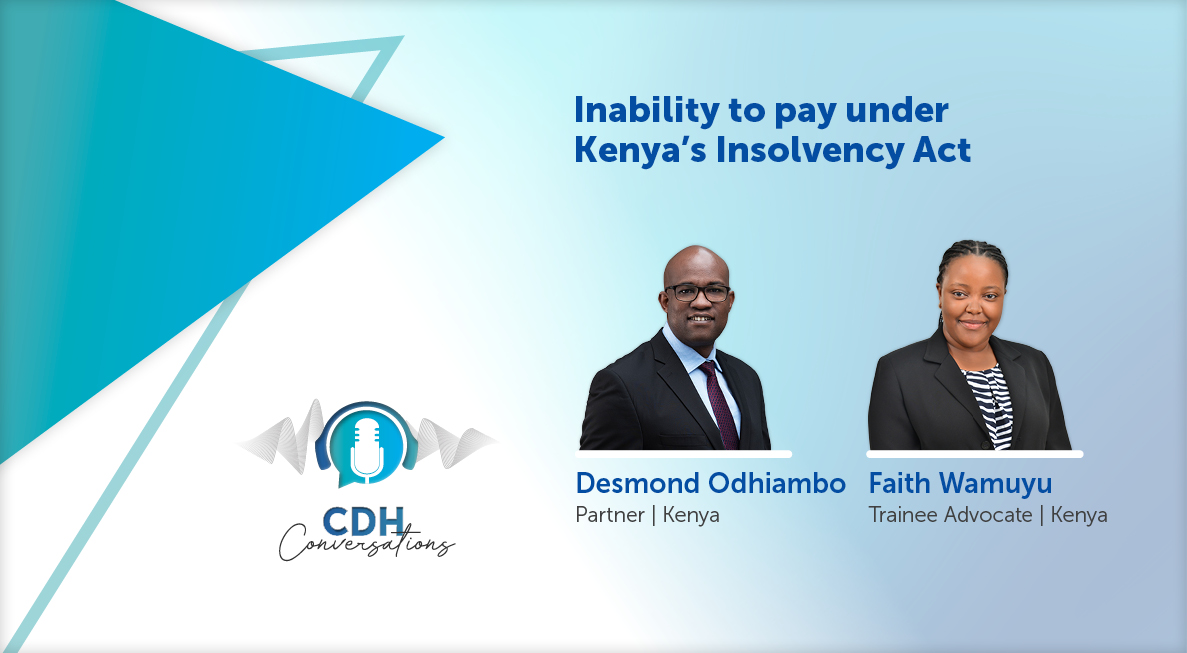Shafted…but was it during the course and scope of employment?
In De Gee v Transnet SOC Ltd (30085/2015) [2019] ZAGPJHC 2, the High Court had the opportunity to consider when an occupational injury can be said to have occurred during the course and scope of an employee’s employment for purposes of COIDA.
De Gee, an executive support manager, injured his lumbar spine when the lift he was travelling in fell approximately seven floors. He was using the lift to gain access to his office situated on the 48th floor of his employer’s building.
De Gee instituted proceedings in the High Court for damages he allegedly sustained due to his injuries. His employer opposed his claim and raised a special plea in terms of which it contended that he could not institute legal proceedings against it as he had suffered the injuries during the course and scope of his employment and, as such, his claim was covered by COIDA.
The court distilled the following guidelines from previous authorities to determine whether an employee was acting in the course and scope of his employment when the injury occurred:
- an employee is acting in the course of his employment when he is doing something he was employed to do;
- where an employee is travelling to or from work, the journey is dissociated from the employee’s employment unless the employee is fulfilling an obligation imposed by the contract of employment;
- an employee does not start working until he has reached his work, unless at the time the injury occurred the employee was doing something in discharge of his duty towards his employer;
- after an employee has finished his work for the day and started his way home, his employment continues while navigating the premises. Once an employee reaches a place of public access, his status as a worker is removed and he becomes a member of the general public;
- an employee may be deemed to be working while travelling to work if he is required to follow a prescribed route or is required to use a prescribed means of conveyance; and
- in all cases where an employee on going to or on leaving work suffers an accident on the way, the first question to be determined is whether the employee was at the place where the accident occurred by virtue of his employment or as a member of the public.
The court emphasised that there is no bright-line test. Each case must be decided on its own merits. It held that the place where the accident happened was not decisive for the purposes of an inquiry in terms of s35(1) of COIDA. Even if the accident happened at a place not owned by the employer it could still give rise to an occupational injury. The important question is whether the injury arose out of and in the course of the employee’s employment. The court concluded that based on the evidence before it, there was insufficient evidence to determine whether at the time of the incident the employee was acting in the course and scope of his employment. On this basis, the court found that the employee’s claim was not covered by COIDA and dismissed the employer’s special plea.
The information and material published on this website is provided for general purposes only and does not constitute legal advice. We make every effort to ensure that the content is updated regularly and to offer the most current and accurate information. Please consult one of our lawyers on any specific legal problem or matter. We accept no responsibility for any loss or damage, whether direct or consequential, which may arise from reliance on the information contained in these pages. Please refer to our full terms and conditions. Copyright © 2025 Cliffe Dekker Hofmeyr. All rights reserved. For permission to reproduce an article or publication, please contact us cliffedekkerhofmeyr@cdhlegal.com.
Subscribe
We support our clients’ strategic and operational needs by offering innovative, integrated and high quality thought leadership. To stay up to date on the latest legal developments that may potentially impact your business, subscribe to our alerts, seminar and webinar invitations.
Subscribe




